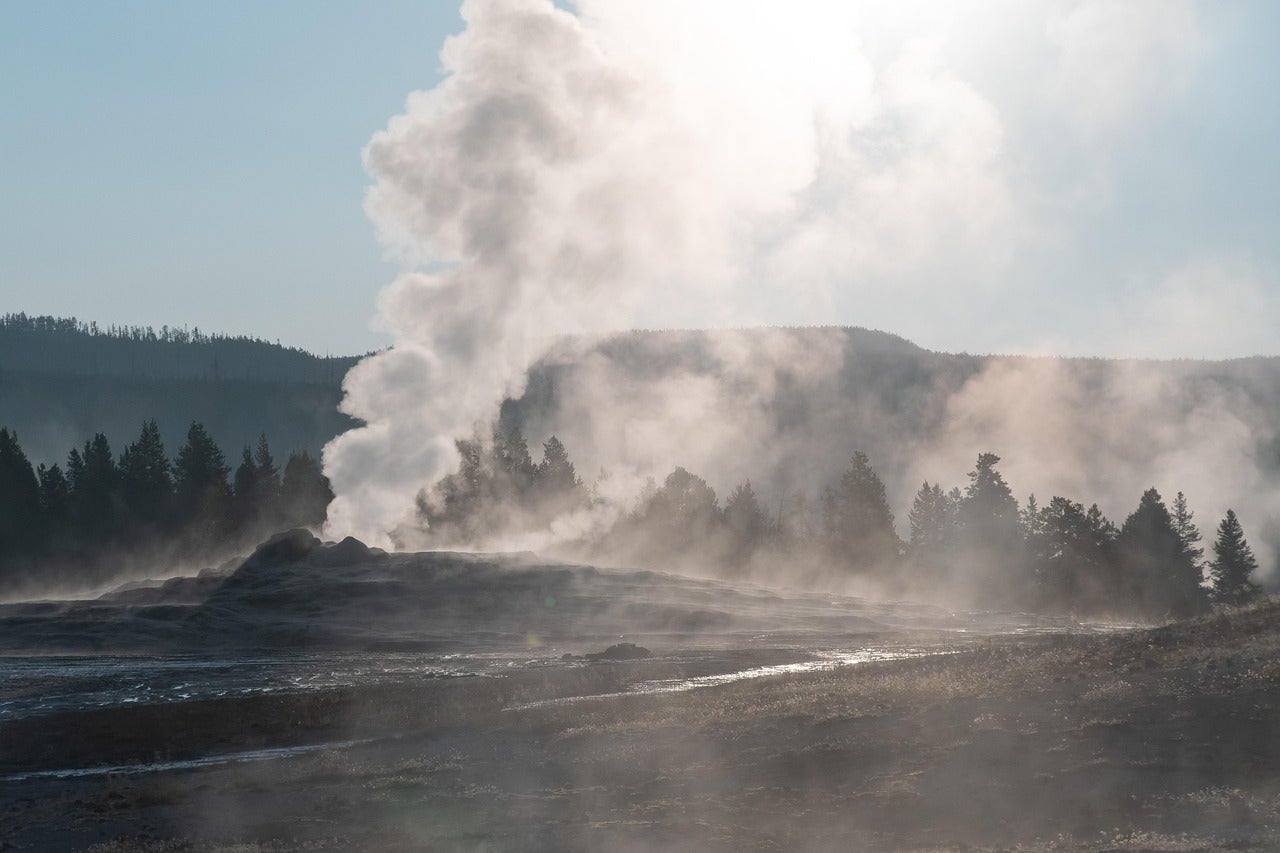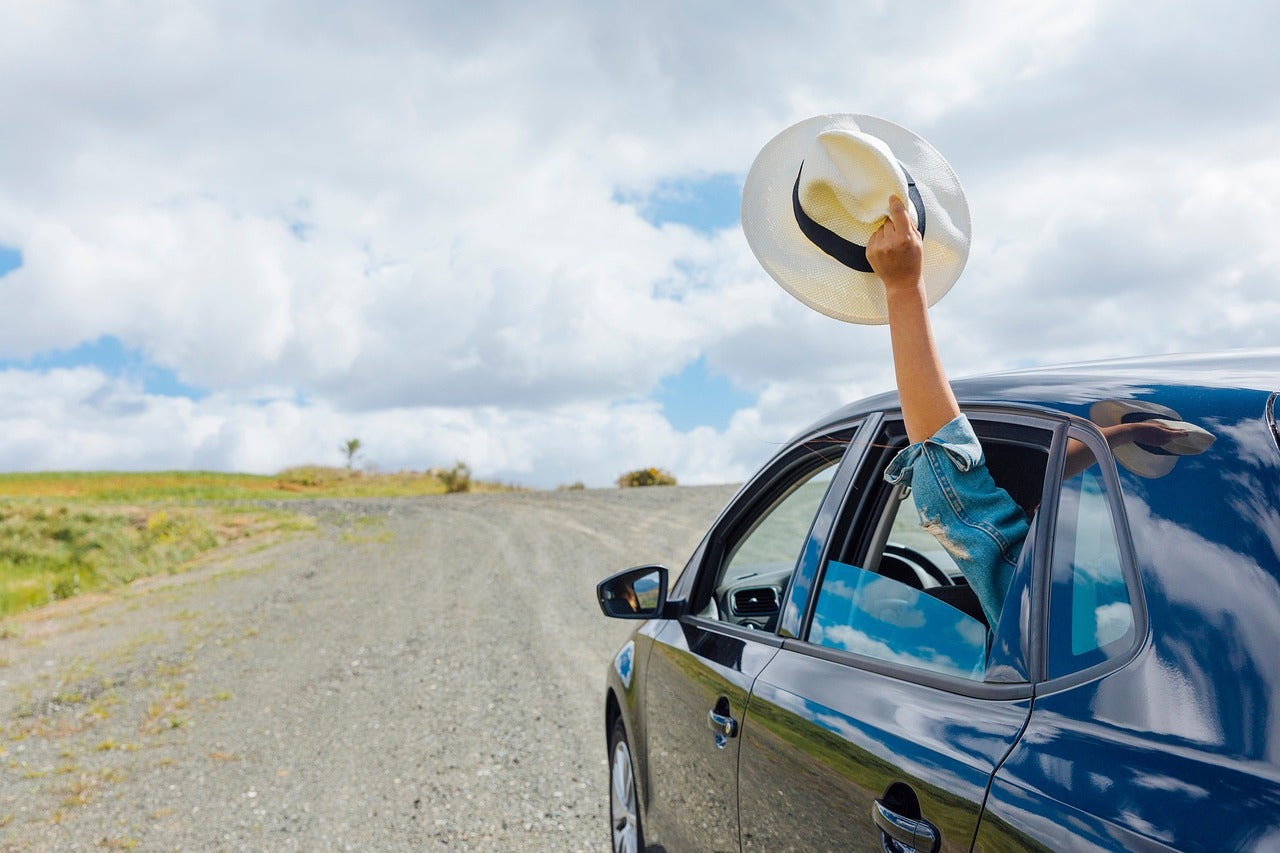
When I was growing up on Long Island, New York, I always looked forward to summer. My father was a high school math teacher; his second career after first being a mechanical engineer. Most summers, he worked a temporary engineering job with Grumman Aerospace, but always ended that job a couple of weeks before the school year started so that we could take a family vacation. In those years from the early 1960’s through the early 1970’s, we typically took a one-to-two-week automobile vacation. In that time, we covered most of the United States and Canada east of the Mississippi River, and I learned much about the history, geography, and people of our country and our neighbor to the north. An added benefit of these summer vacations was that when I returned to elementary school each fall, our teacher typically had us write an essay about what we did and/or learned during our summer vacation. I enjoyed sharing about where we went and what I learned as much as Ralphie from “A Christmas Story” enjoyed writing about what he wanted for Christmas. In today’s column, I am going to attempt to relive those happy memories by sharing with you what I learned, from a business perspective, on my recent summer vacation.
While serving as an academic administrator for approximately seventeen years, I never took a vacation that was much longer than a week. However, since my return to the full-time faculty, there is more opportunity for longer vacations, particularly since I have a full month between the end of my Summer Semester teaching and the start of the Fall Semester. So, this summer, my wife, Lorie, and I decided to take advantage of that opportunity to visit six National Parks in the Rocky Mountain Region of the U.S. on a tour with a company named Vacations by Rail. Despite the name of the company, only the very beginning of the tour was by train.

Our tour began with a 32-hour train ride from Chicago to Whitefish, Montana (Note: We drove to Atlanta and flew to Chicago the previous day and stayed overnight in Chicago). Our Amtrak train took us through Illinois, Wisconsin, Minnesota, and North Dakota before finally bringing us to Whitefish, the location of Glacier National Park. Over the next ten or so days, we traveled by motorcoach to visit Glacier, Yellowstone, Grand Teton, Bryce Canyon, Zion, and Grand Canyon National Parks, staying one or two nights in hotels near each location. While I had previously traveled to locations in the American West for business and personal visits, those trips had primarily been to large metropolitan areas in Colorado, Oregon, Washington, California, and Nevada. This was my first time experiencing the spectacular beauty of our National Parks and their wildlife and open spaces. While I learned much about the geography, topography, history, fauna, and flora of the West, the trip also provided me with some important business lessons as well:
- Legal immigration is vital for our economy: Many of the workers at the hotels and restaurants throughout our trip were young people from other countries. I had experienced this previously when we used to go on beach trips to Myrtle Beach when our daughters were pre-teens, but it was much more prevalent during this trip. I learned that many of these young people were in the US on H-2B visas, allowing seasonal or temporary work. As we hear more and more about immigration, we need to remember that several industries, including hospitality, require foreign labor to keep our economy robust and growing.
- A relatively weak US Dollar has its benefits: While I have heard many reports that the number of international travelers to the United States is down around 10-15% in the first half of 2025, on this trip, I anecdotally found the opposite. Our National Parks and surrounding areas are teeming with international travelers, particularly those from the United Kingdom and the European Union. At times, I felt like there were more people from France around me than when we traveled to Paris in 2024. While I am typically in favor of a stronger US Dollar, I think that the fact it has fallen by more than 10% relative to the pound and euro in the first half of this year has incentivized more US travel by those from the UK and EU, further boosting the US economy.
- The human touch drives the success of service industries: At a time when we are seeing artificial intelligence (AI) taking over more and more jobs, this trip demonstrated to me the importance of human involvement in service industries. Whether it was our tour leader and bus driver or the people working at the hotels, restaurants, attractions, or National Parks, it came down to how those people interacted with us that determined our satisfaction. While products are consumed, services are experienced, and it comes down to the people involved in delivering those services to determine the quality of the customer experience.
- Impact of National Park cutbacks was negligible: According to the latest statistics, at least two of the National Parks we visited (Glacier and Yellowstone) are experiencing record-setting visit attendance this year. Given this increase in attendance and the recent cutbacks in National Park staffing, one would expect issues at entrances to the Parks, at their Visitor Centers, and potentially poor maintenance. However, we experienced no issues at any of the Parks we visited. Therefore, maybe the Parks were previously overstaffed, or those remaining workers are putting forth a great effort. Either way, maybe some trimming of staff was necessary to improve budgetary efficiency.

We had a very enjoyable trip, and I recommend you take the opportunity to see the spectacular beauty our country has to offer if you have the chance. But, like my trips as a child, this trip was not only fun, but also full of lessons!






